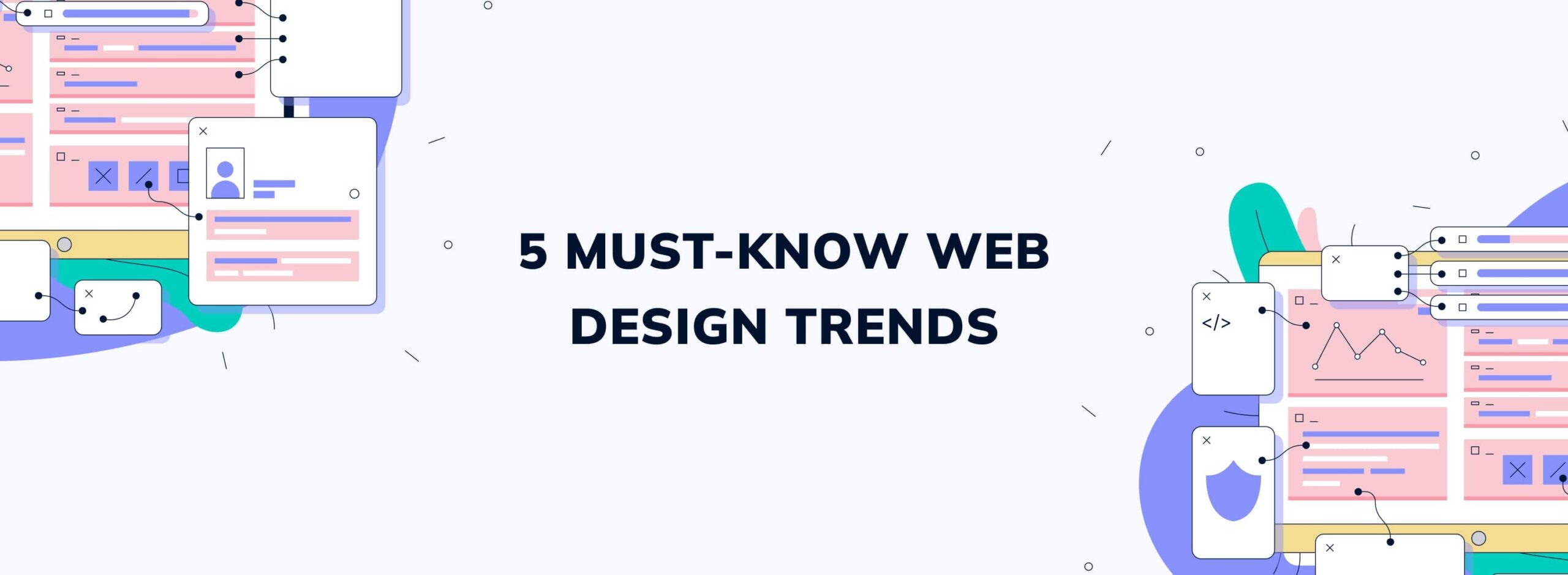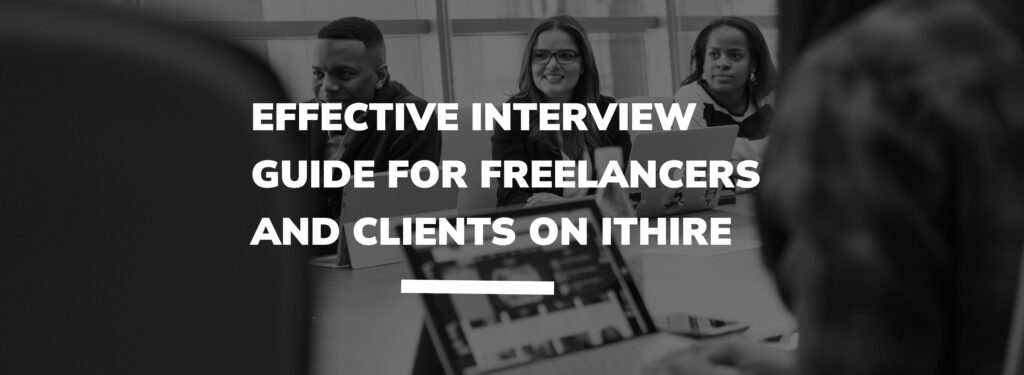First impressions are more important than ever in the dynamic world of web design. Users want smooth, aesthetically attractive experiences that keep them engaged and capture their attention. Understanding the most recent trends is essential if you’re a web designer or a business owner who wants to create cutting-edge, user-focused websites.
Prepare yourself to take a tour of the trendiest web design ideas. From vibrant colors and engaging animations to minimalist interfaces and personalized experiences, we’ll look at the design themes taking over the digital world. So, as we explore the cutting-edge ideas that characterize web design in 2023, saddle up and get ready to unleash your creativity.
Top 5 Web Design Trends of 2023
1. Dark Mode Design
Dark mode, known as night mode or dark theme, uses dark backgrounds with light-colored text and objects to reverse the typical color scheme. In recent years, the dark mode has swept over the online design industry, attracting consumers with its clean and sophisticated aesthetics. This new trend has proven quite popular and is now a required component for many websites and applications.
Different strategies can be used to implement dark mode. Depending on their taste, users can shift between light and dark settings on some websites. Others enable dark mode automatically based on the user’s device settings or the time of day. Whichever strategy, the advantages—improved reading, lessened eye strain, and a distinctive visual experience—remain the same.
Tips: Explore several websites that have successfully incorporated this trend to get ideas for your dark mode design journey. These websites, which vary from news outlets to e-commerce platforms to portfolios, have adopted dark mode and produced breathtaking visual experiences that enthrall visitors and offer a remarkable surfing experience. Prepare to be inspired by their execution of contrasting colors, bold font, and attention to detail.
2. 3D Graphics and Illustrations
The days of flat, lifeless images are long gone. As a result of technological improvements, web designers may now use 3D visuals and images to add depth, realism, and interactivity to their designs. In addition to enhancing websites’ wow effect, these dynamic components also help visitors have immersive experiences that last a long time.
There are endless possibilities when 3D graphics and images are integrated into web design. From product presentations and virtual landscapes to interactive animations and narratives, 3D features may boost the aesthetic appeal and engage users more deeply. They enable realism, described detail, and a sense of depth previously impossible in conventional 2D design.
Tips: A range of tools and strategies are available to help you include 3D graphics and illustrations in your web design projects. These technologies, which range from popular software like Blender and Cinema 4D to frameworks like Three.js and WebGL, offer users an opportunity to design and produce incredible 3D visualizations. Furthermore, libraries and resources dedicated to 3D components and animations are readily available, making it easier than ever before to include 3D aspects in your designs.
3. Minimalistic Designs
At its foundation, minimalist design is all about removing unnecessary elements and adhering to the idea that less is more. It involves building a visual environment where each component has a function and enhances the overall user experience. In minimalist designs, lots of white space, known as negative space, dominate, allowing content and significant features to breathe and shine out.
Typography matters in minimalistic designs, with designers preferring clean, legible typefaces that convey simplicity and beauty. Bold and concise headings, combined with minimalist body text, create a perfect balance that improves reading and visual appeal.
Another element of minimalistic web design is intuitive navigation. Users can locate what they’re looking for and browse the website with fewer distractions and clutter. Clear and straightforward menus, strategically positioned call-to-action buttons, and user interfaces altogether contribute to a pleasurable surfing experience.
Tips: Many websites inspire minimalist design. Companies like Apple, Google, and Airbnb are well known for their simple, user-friendly interfaces that put content and user experience first. These websites demonstrate how elegance and simplicity can produce a distinctive and impactful online presence.
4. Voice User Interface (VUI) Design
Voice user interfaces have grown in popularity due to their ease of use and accessibility. With voice assistants like Siri, Alexa, and Google Assistant becoming household names, customers have grown accustomed to engaging with technology through their voice. This change in user behavior has given site designers new chances to improve user experiences by smoothly integrating voice commands and interactions.
When developing for VUI, it is critical to consider your target audience’s natural language patterns and preferences. Understanding how people speak and the context in which they will use voice commands will help design intuitive voice experiences. Clear and short voice prompts and responsive and context-aware interactions ensure a smooth and engaging user journey.
Tips: Prioritize simplicity and clarity while designing excellent VUI experiences. Keep your voice interactions straightforward so as not to confuse users. Instead, concentrate on giving people feedback and directions that are crystal clear to help them through the dialogue. Users can grasp the various voice commands and alternatives at each level with the help of contextual hints and prompts.
5. Micro-interactions and Animated Details
Micro-interactions are brief animations and feedback that occur in reaction to user activities. They give your website visual clues, convey status changes, and increase the amount of interaction. Micro-interactions, from a tiny button motion when clicked to a seamless scroll transition when going across a website, provide a sense of responsiveness and delight that captivates visitors.
On the other hand, animated details cover a wider range of animated features on your website. They may contain interactive storytelling elements, animated illustrations, or even parallax scrolling effects. These animations not only generate a dynamic movement but also direct users’ attention, highlight significant information, and provide visual intrigue.
Striking a balance between utility and aesthetics is crucial when implementing animated details and micro-interactions. Subtle animations should improve the user experience without overpowering or diverting consumers from their core goals. Consider the objective of each micro-interaction or animated detail and make sure it serves a meaningful purpose, whether it’s delivering feedback, directing navigation, or adding an element of surprise.
Tips: Take a look at some real-world examples to understand the impact of animated elements and micro-interactions. Websites that successfully integrate animations and micro-interactions add polish and complexity to their design. These elements, whether they are a subtle fade-in effect on content blocks, a smooth transition between parts, or an interesting loading animation, all add to a memorable and delightful user experience.
Conclusion
From dark mode design to the use of 3D graphics, minimalistic and clean layouts, voice user interfaces, and fascinating micro-interactions, these trends give exciting chances to develop current and captivating websites. By embracing these trends, web designers can remain ahead of the curve and provide immersive experiences that resonate with their target audience. But it’s crucial to keep in mind that trends should always be viewed from the perspective of the user. While it’s fun to try out new design strategies, user experience should always come first when making decisions.
So, as you embark on your next web design job, keep these trends in mind and let your imagination soar. Maintain current knowledge, be flexible, and put the user experience first at all times. With the right blend of innovation, functionality, and user-centric design, you can create remarkable websites that leave a lasting impact.






